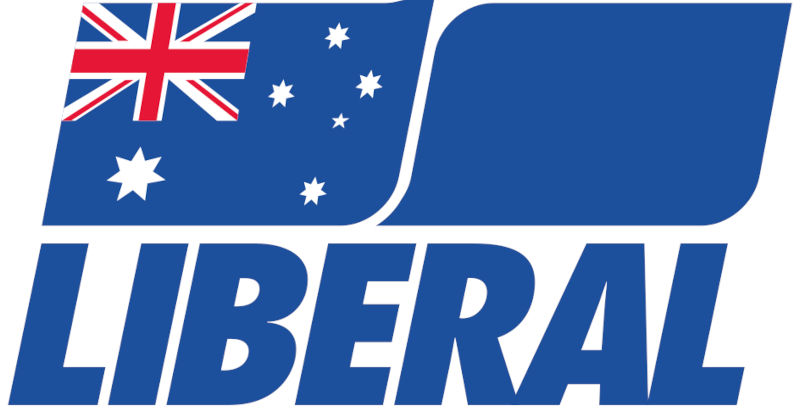Libs on life support after thumping
May 5, 2025
What kind of future does the Liberal Party have? Two elections and Peter Dutton’s leadership have reduced it to its lowest-ever level of support – fewer than one in three Australians gave it their first preference vote on Saturday. Its “small l” liberal component in the House of Representatives has been all but wiped out.
In the new Parliament, the Liberal Party will be dominated by its Queensland MPs, members of that state’s Liberal National Party. That Queensland amalgam of the two right-wing parties has been controlled since its creation in 2008 by its National Party wing, just as Sir Joh Bjelke Petersen’s Nationals dominated the state’s Liberal Party when the two were in coalition 40 and 50 years ago.
That being so, there is every likelihood the Liberal Party and its policies will continue to move further to the right and into the territory of One Nation, and whatever the name will be of the latest iteration of Clive Palmer’s personal political party.
But that is increasingly barren ground.
In the final few days before Saturday’s election, when all the opinion polls were pointing to a small Labor win, the Liberal camp was taking solace in the fact that One Nation appeared to be improving its vote. It anticipated a much better flow of preferences from that larger vote than had occurred at the previous election, when it received only 64% of One Nation’s preferences, while Labor received 86% of the Greens’ much higher vote.
It didn’t help. One Nation did increase its vote by just over 1%, but, even with a slightly better share of those preferences, the collapse in the Liberal vote by more than 4% made what was happening with One Nation and other right-wing groups irrelevant.
There are many reasons that will be advanced for Labor’s extraordinary achievement in increasing its primary vote at this election – the first time a first-term Australian Government has done so. These include Labor’s superior campaigning, the prime minister’s dominance over the Opposition Leader during the campaign and indeed, since January, the failure of the Opposition to present and defend its policies in time, the positive nature of Labor’s policies compared with the negativity of the Liberals, the unpopular Opposition policies on working from home, sacking public servants and (possibly) its nuclear plans.
And Donald Trump.
However, an underlying problem for the Liberals was the strategy Dutton adopted as Opposition Leader in response to the Coalition Government’s defeat in 2022. That defeat flowed in part from demographic changes that would not go away and needed to be countered, if possible.
The Australian Election Study, conducted after that election by the ANU, reported that a huge divide had developed between how older and younger people voted. There had always been a view that younger voters were more likely to favour parties on the left, but this divide had increased.
Additionally, and this was a new development, women were favouring left- rather than right-wing parties.
As to the age divide, the report said, “How the Coalition addresses this overwhelming deficit of support among younger generations is perhaps the biggest single question confronting Australian politics. Why is it that so many younger Australians have decided to support other parties and candidates?”
The Liberal Party’s own review of its election defeat didn’t attempt to answer that question or suggest responses to the problem that had been so starkly identified.
It noted that a majority of women in all age segments preferred Labor, and it found that Liberal support was weakest among young women. But it appeared to simply ignore the report’s warning about the voting behaviour of younger generations.
Dutton and his party failed to act in a way that directly addressed these demographic issues. The party had been aware for decades that it had a “women” problem. It had considered, but had always rejected, suggestions it should introduce quotas to improve the representation of women among its MPs.
Nothing changed after 2022. This was despite the catastrophic loss of Liberal heartland seats in Sydney, Melbourne and Perth to the so-called Teal independents, all of them women. The Teals had a pro-environment and generally progressive-reform agenda. They were supported financially and otherwise by the Climate 200 group.
Other than trying to find good, preferably female, candidates to oppose the Teals at this election, the Liberal Party did little to meet a threat that could further damage its electoral prospects. That damage eventuated, with more independents of a Teal variety winning a place in Parliament at the expense of the Liberal Party.
Dutton appeared to believe he could match the Teal losses with gains in the outer suburbs of Sydney and Melbourne. Hence, policies such as the temporary fuel rebate, aimed at people in those seats commuting by car. These seats were also thought to be more amenable to anti-immigration rhetoric, in the form of arguments that migration was putting excessive pressure on housing.
The strategy failed. The Liberals made no gains in the suburbs, but rather lost seats in metropolitan Sydney, Melbourne, Brisbane and Adelaide, along with the traditional heartland seats they had virtually conceded to the Teals.
The federal Liberal Party is now primarily a provincial or regional party that no longer represents urban Australia.
The danger — to the Liberal Party — is that it will not tailor its policies and strategies to winning back the main population centres, but, instead, fit in with the more conservative Nationals.
What it really needs is a take-over offer. From the Teals.

